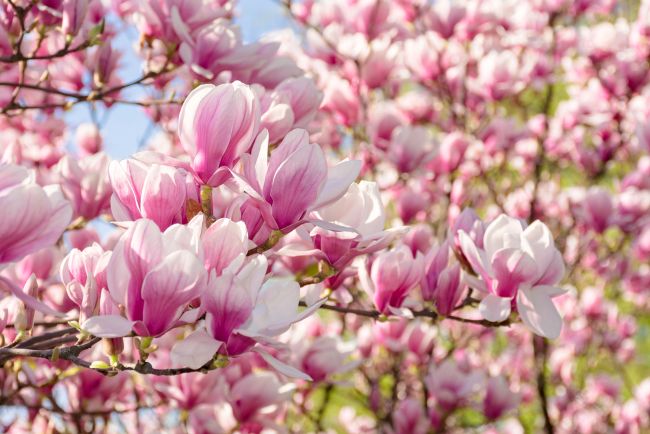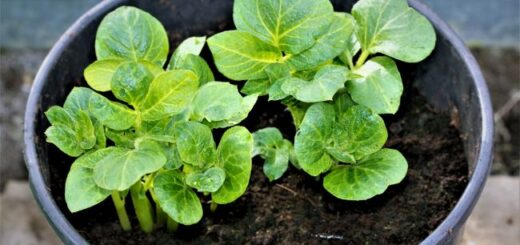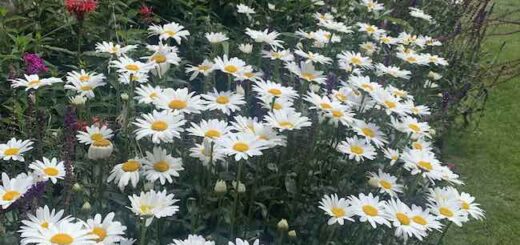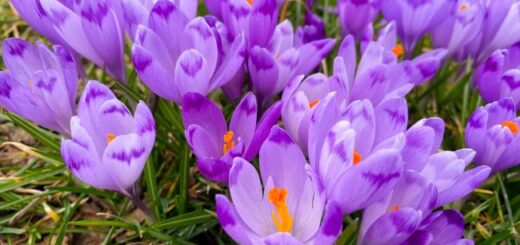GardenAdvice.co.uk Gardening calendar 1st Week April ( audio available )

As we enter the first week of April, many flowering shrubs will have started to bloom. Now is the ideal time to plan their care and prepare to prune them once they’ve finished flowering. In addition, several other important tasks in the garden, as well as the vegetable and fruit garden, require attention during this busy gardening period.
Click here to download the audio file ( .wav ) or Click Here to listen as a podcast
Pruning Flowering Shrubs
Flowering shrubs such as Ribes, Forsythia, Cherry Trees, Camellias, and Magnolias require special care during this time. The key to successful pruning is understanding that these shrubs often flower on growth and wood produced in the previous season and even the season before. So in most cases growth produced this year after flowering will support flowering next spring.
- Timing: Prune immediately after flowering to provide the shrubs with a full 12 months to create new growth during the current season. This new growth will support flowers for the following spring or season.
- Feeding: After pruning, it’s also a good time to feed them with suitable garden foods.
- Click here for more details on appropriate feeds and pruning notes.
- Click here for more details on appropriate feeds and pruning notes.
Sowing Seeds for Vegetables
This is an excellent time to start sowing seeds for crops such as tomatoes, courgettes, sweet corn, and others.
- Containers: Use peat pots placed on a windowsill.
- Watering: Ensure the peat pots are not allowed to dry out by standing them in a container that holds water.
- Light: Light on a windowsill is not as strong as outdoor light. During warm days, place pots outside and bring them in during the evening.
- Seedlings: Purchasing young seedlings from garden centres is also an option. Many of these seedlings will have been started in heated greenhouses just after Christmas, providing earlier cropping.
Starting an Asparagus Bed
If you want to start an asparagus bed, now is a suitable time. Click Here to learn more about asparagus
- Plants: Create beds from asparagus plants grown from seed or buy two-year-old roots to speed up the process.
- Soil Preparation: Asparagus thrives in slightly acidic conditions.
- Use well-rotted horse manure as a mulch
- Add a bit of salt to mimic the natural conditions in which asparagus thrives (maritime conditions).
- Use well-rotted horse manure as a mulch
Direct Sowing in the Vegetable Garden
Continue direct sowing of various crops for a steady supply throughout the spring and summer.
- Crops: Carrots, spinach, peas, and salad crops.
- Method: Ideally sow these in cloches and bell jars for protection and improved growth conditions. Click Here to learn more about bell jars
Earthing Up Potatoes
If your potatoes have been planted and shoots are appearing above the soil, it’s time to earth them up. Click Here to learn more about Earthing up potatoes
- Process: Carefully add soil around the shoots, but do not bury them completely.
- Benefits:
- Protects shoots from frost.
- Encourages larger crops, as the tubers form along the stems you’ve earthed up.
- Protects shoots from frost.
Greenhouse Maintenance
Monitoring your greenhouse environment is crucial during early spring.
- Humidity: Keep it low to control bacterial diseases that thrive in cool, humid conditions.
- Ventilation: Open vents during warm days and close them at night for optimal conditions. Using horticultural fleece to over your plants to stop the temperature dropping to low overnight.
Slug Control
Managing slugs effectively during early spring can prevent significant damage later in the season. Click Here to learn about slug control
- Slug Nematodes: Apply these over the next few weeks for long-term control.
- Beer Traps: Bury old margarine tubs up to the soil level and fill them with beer. The slugs fall in and perish, providing a useful indicator of slug activity.
Fruit Tree Care
Watering fruit trees is essential during the current dry spring to ensure they retain their fruit.
- Process: Water each fruit tree with a couple of cans of water.
- Benefits:
- Helps trees retain more fruit during dry conditions.
- Reduces natural shedding caused by water stress.
- Helps trees retain more fruit during dry conditions.
Remember If you’re a member of GardenAdvice.co.uk , having completed one of our gardening courses held in your own garden or currently part of MyGardenTeam service, you can enjoy exclusive benefits through the GardenAdvice Root, Shoot, and Share scheme. This includes access to lots of free plants and participation in GardenAdvice annual plant swap, featuring over 3,000 different plants available for swapping. New members can also claim up to 12 free plants to help kick-start their gardening journey.





